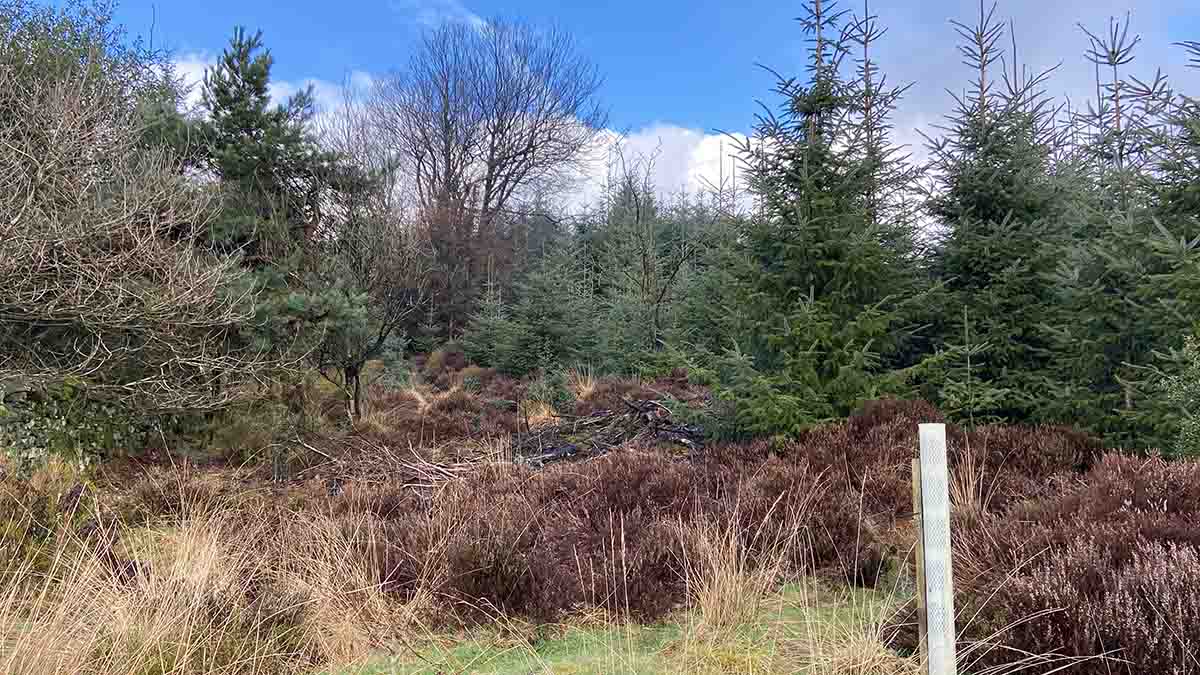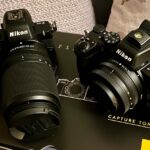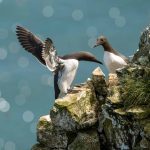Welcome to my latest wildlife photography adventure! This time I ventured up to Longridge Fell, Lancashire for some early morning wildlife photography. It was a 7 am start on a Saturday morning, but I’ve gotten into the bad habit of waking up early and struggling to get back to sleep.
A slideshow of where I got set up with my camera
I had a specific aim in mind for this trip, which was to check out some potential spots on Jeffery Hill and Longridge Fell. I packed lightly, carrying only my Nikon Z50 camera, Sigma 150-600 lens, and a bean bag. I also wore drab clothes, so as not to startle any wildlife that I might come across.


It was an unusually damp and misty morning, and the low winter sun hadn’t risen yet. Nevertheless, Meadow Pipits, Stonechats, and Skylarks were showing well, perching on top of very young pine trees. The Meadow Pipits, in particular, seemed to prefer perching on the dry stone walls to catch bugs.

As I was walking along the stone wall on Jeffery Hill, I heard a strange bird call that I had never heard before. It was like an old man laughing! After a little investigation, I discovered that it was a Red Grouse, which I had never seen before. It was great to be able to photograph it and add it to my collection.


The weather took a turn, and I decided to go back to my car. However, I then found a good layby spot to park the car and watch a variety of birds that included Chaffinches, a Greater Spotted Woodpecker nesting in a dead tree, Robins, a few Wrens, and a buzzard riding the thermals above.


Overall, it was a good and productive morning up on Longridge Fell, and somewhere I’ll be keen to go back to. I was able to capture some fantastic images, and I hope that by sharing them, I can inspire others to appreciate and protect the incredible biodiversity of our planet.
Thanks for reading, and I can’t wait to share more with you soon!
Scott
scottpollard.uk
How I got this photograph

Getting this photo involved some low and slow walking/stalking. The Red Grouse was walking along the wall and the path I was on ran parallel to it. I got myself close to the wall using the wall to block my approach.
As I got closer I took a shot and then tried to get a bit closer still. This approach means that I will have at least one photograph of the Grouse.
Nowadays I’m always in Manual Mode and needed to accommodate the light that was dull and hazy. My lens was around 400mm and wide up at F6.
I had nothing to rest on so it had to be a handheld shot. So I made sure that my shutter speed at least matched my focal length so 1/400s and faster. This is good practice with a telephoto lens and can eliminate camera shake.
ISO was set to auto and I just let it do its thing.
Autofocus was set to continuous to help with the handheld shooting. The depth of field can be slight and swaying back and forth can sometimes take you out of the field of focus. The continuous focus helps fix that.
The silent shutter is nearly always set to on, on my camera so my camera isn’t making much noise to startle the birds.








